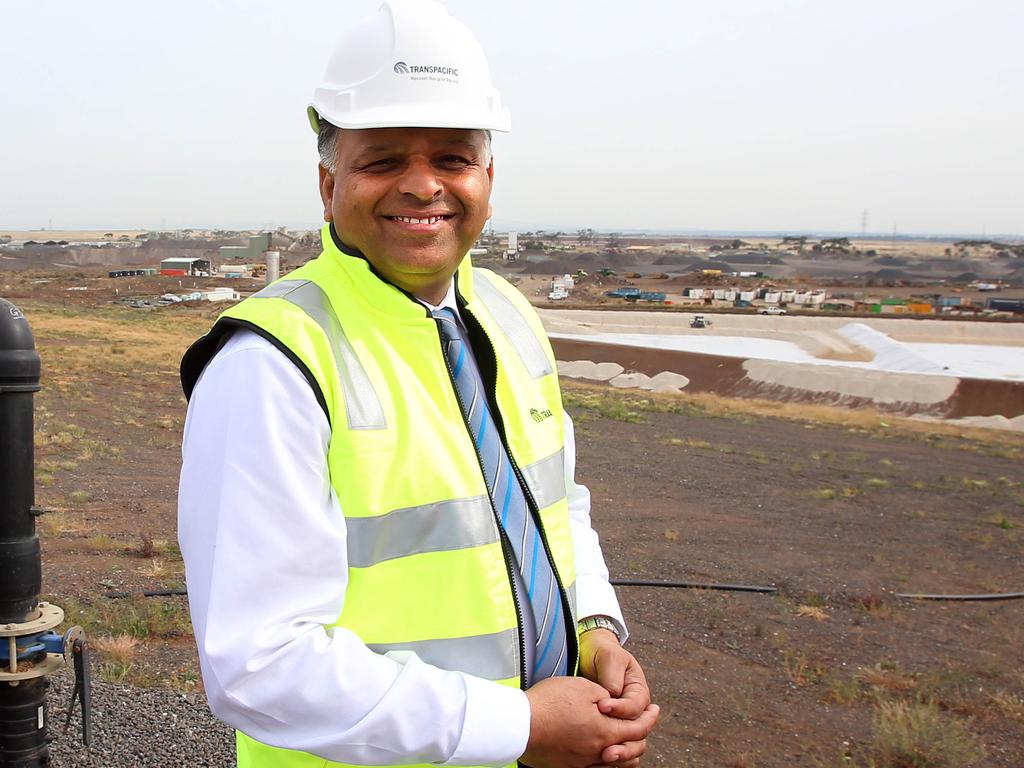Bouncing dollar a concern for RBA as it warns of ‘uneven’ recovery


In the minutes of its September board meeting, the central bank repeated its recent observation that the dollar was “broadly aligned with its fundamental determinants”, but added that “a lower exchange rate would provide more assistance to the Australian economy in its recovery”.
The subtle note of concern came after the exchange rate rose as much as 35 per cent from a 17½-year low of US55.1c in March to a two-year high of US74.14c by the start of this month.
While maintaining that the downturn following the coronavirus pandemic had not been as severe as earlier expected and that a recovery was under way in most of Australia, the RBA repeated that it would be “uneven”, with the outbreak in Victoria having a “major effect on the economy”.
Moreover, with Victoria’s outbreak and subdued demand growth nationally, it was “likely to be some months before a meaningful recovery in the labour market is under way”.
In a pointer to the potential for further fiscal stimulus in the federal budget on October 6 (the same day as the next RBA board meeting), board members noted that debt levels relative to the size of the economy were low for the federal and state governments.
“Overall, public sector balance sheets in Australia were assessed as being strong,” the RBA minutes said.
“In an environment of record low borrowing rates and significant spare capacity in the economy, this meant fiscal policy was well placed to continue to support the recovery.”
The RBA board “considered it likely that fiscal and monetary support would be required for some time given the outlook for the economy and the labour market”, the minutes said, while repeating the bank’s commitment to “maintain highly accommodative settings as long as required”.
However, importantly for financial markets (where some economists have predicted another interest rate cut and the start of full-blown quantitative easing within months), the RBA did not expand on the revelation in its September policy statement that it “continues to consider how further monetary measures could support the recovery”.
The dollar subsequently rose as much as 64 points, or 0.9 per cent, to a two-week high of US73.36c and was the best-performing G10 currency in Asia trading on Tuesday.
While the RBA’s consideration of further monetary policy measures still means “proper QE” is a 50 per cent probability over the coming months, the minutes were “marginally less dovish”, according to UBS Australia chief economist George Tharenou.
“When specifying that ‘further purchases should be undertaken as necessary’ they referred to the three-year yield-curve control target and, while they ‘stood ready to purchase’ bonds and semi-government securities, this was related to ‘a recurrence of market dysfunction’,” Mr Tharenou said. “However, on the dovish side, the minutes repeated from the statement that they will ‘maintain highly accommodative settings as long as required and to continue to consider how further monetary measures could support the recovery’.”
The RBA has forecast only a modest recovery in growth, and unemployment lifting further to about 10 per cent — among the weakest economic outlooks globally — reflecting Victoria (which is about 25 per cent of the national economy) “having a major effect on the economy”.
Mr Tharenou said the bank was more likely to launch “proper QE” by buying government bonds with maturities of five to 10 years to reduce duration in the market, lower yields, and put downward pressure on the dollar.
He saw less chance of a rate cut, given that RBA governor Philip Lowe has said it would be “not much benefit”.
“More broadly, the RBA next meets the same day as the October 6 commonwealth budget, where we see at least $50bn more fiscal stimulus across the federal and state budgets,” Mr Tharenou added.
“Co-ordinated policy easing is plausible — as occurred in March — with the minutes noting ‘record low borrowing rates … meant fiscal policy was well placed to continue to support the recovery’.”
Nomura interest rate strategist Andrew Ticehurst said the RBA’s comments around fiscal policy, the dollar and credit growth, as well its consideration of how further monetary measures could support the recovery, were “consistent with further easing”. He said: “We continue to look for easing in October or, failing that, later in the December quarter.”
NAB’s director of economics and markets, Tapas Strickland, said the minutes reinforced that the RBA was “still actively considering what else it could do, though gave no smoking gun on timing or what it could do”.






The Reserve Bank has fired a warning shot against continued exchange rate appreciation as the dollar touched a two-week high of US73.36c but stopped short of fuelling recent speculation of further interest rate cuts or large-scale bond buying.